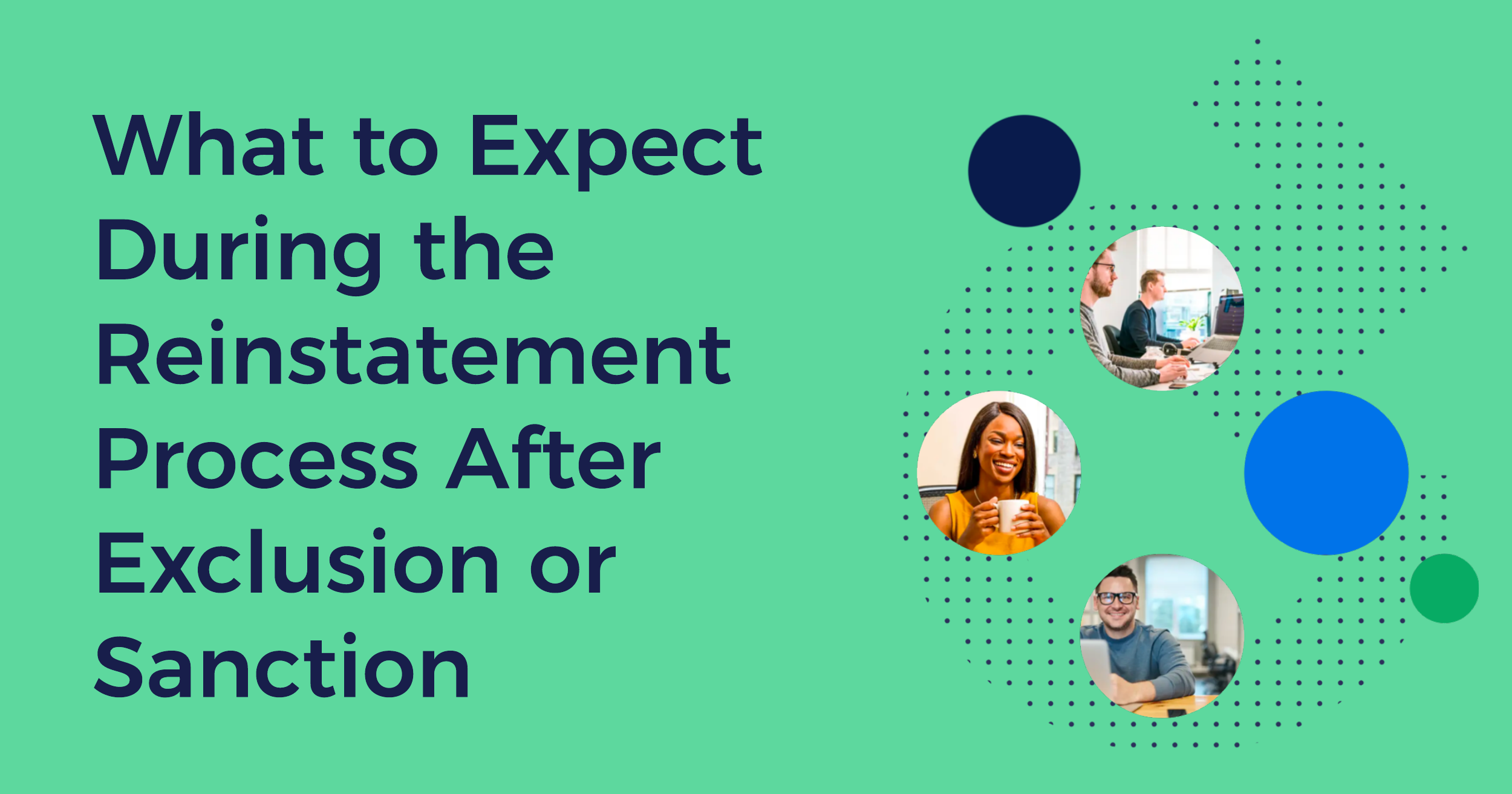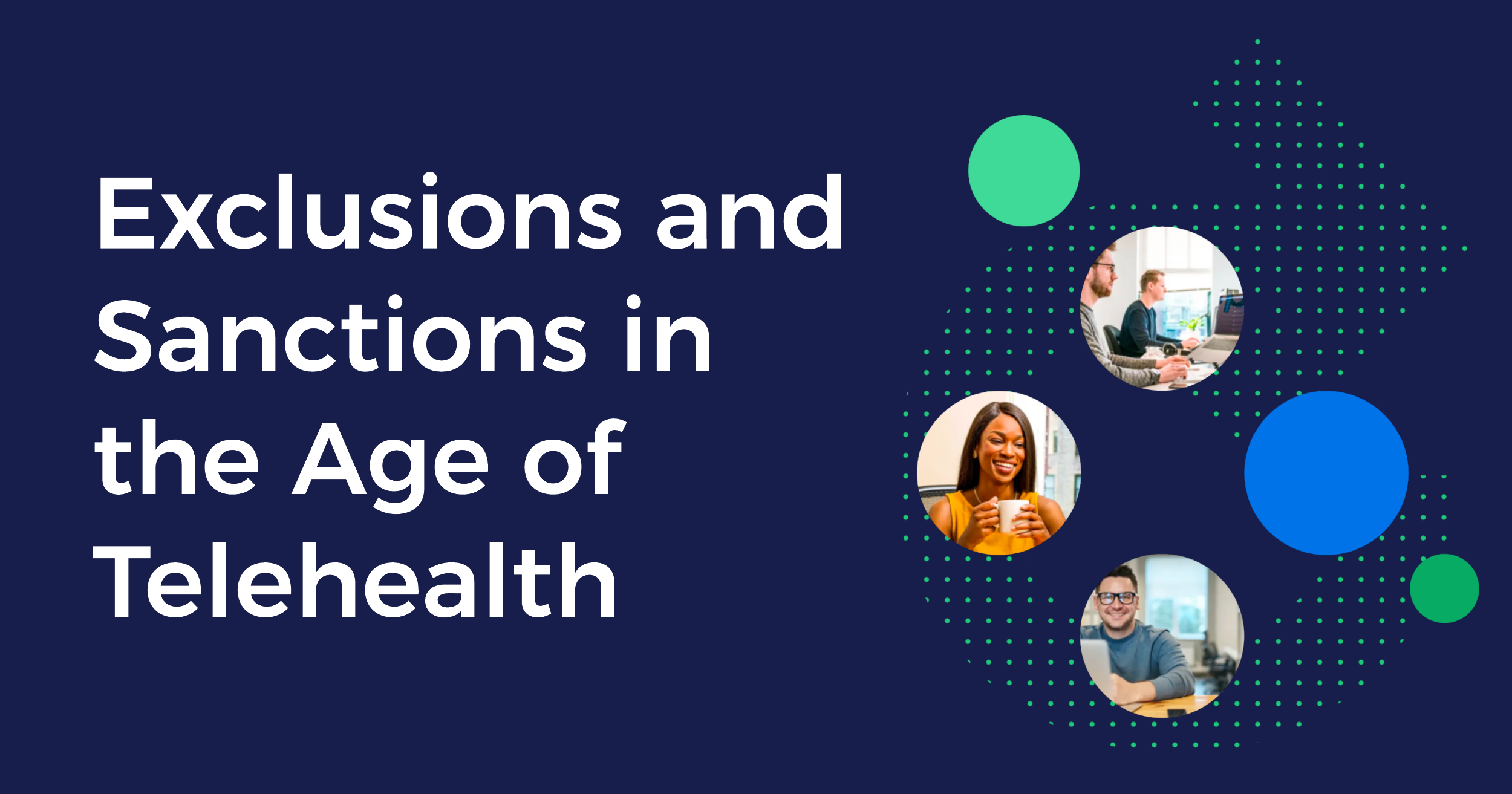
Here’s a hot-button topic that isn’t going away: burnout and retention amongst healthcare employees. You likely first heard about this topic at the beginning of the pandemic, but two years later, it’s as relevant as ever. The reasoning is simple, hospitals and health systems rely on qualified employees to operate - preferably those with high morale that are satisfied in their roles. When burnout creeps into the employee population, the downstream effects are significant. Think high turnover rate, understaffed facilities, and increased cost (just to name a few).
According to a recent survey conducted by the American Medical Association, over half of the healthcare respondents are experiencing burnout. Knowing the significance of this, it’s easy to see why reducing burnout and turnover is top of mind for healthcare leadership. Leaders across the nation are implementing changes to positively impact their employees and, ultimately, their business as a whole. Here are some key initiatives that are making a difference.
Invest in systems that reduce the administrative burden
The days of filing papers into a skyscraper-sized stack or spending hours searching the internet for information are over. So why do we ask healthcare employees to perform laborious tasks that could easily (and more efficiently) be done by an automated system? An automated system can complete many processes, such as caregiver license verification, in a fraction of the time that it takes to perform manually. The time that employees get back in their day enables them to focus on high-value initiatives that only they can do.
An investment in automation is an investment in your employees and the overall efficiency of your organization.
Create a good experience from day one
We’ve all heard the saying, “You’ll never get a second chance to make a first impression.” As generic as it may be, it’s especially true in the candidate recruitment/onboarding process. This experience is an employee’s first glimpse into your healthcare organization - often revealing signs of how effectively you operate and treat your staff.
Setting Talent Acquisition/HR teams up for success is essential. When they have the tools they need to smoothly onboard new employees, it not only gets caregivers to work faster, it paints a positive picture of what’s to come.
Stay dedicated to your culture.
The policies practiced by your organization regarding inclusion, diversity, employee benefits, etc., all play an important part in your culture. Increasingly, culture is a huge factor in an employee’s decision to stay or leave their workplace. Promoting policies that positively impact cultures, such as paid maternity leave, health benefits, and learning opportunities, resulting in more engaged, satisfied employees.
Organizations like Providence are promoting physical and mental well-being amongst their employees, even providing them with wellness ideas and inspiration. Culture can be built upon and improved in many ways - the most important thing is that it remains a point of emphasis in your organization.
Looking for more helpful guides?
Check out: How to Make Pre-Boarding and Recruitment a Delightful Experience for Candidates on the EverCheck blog



